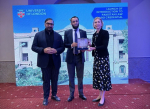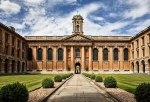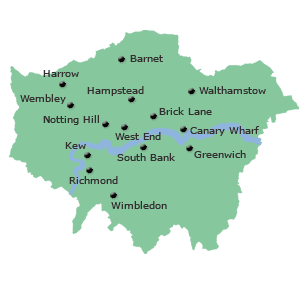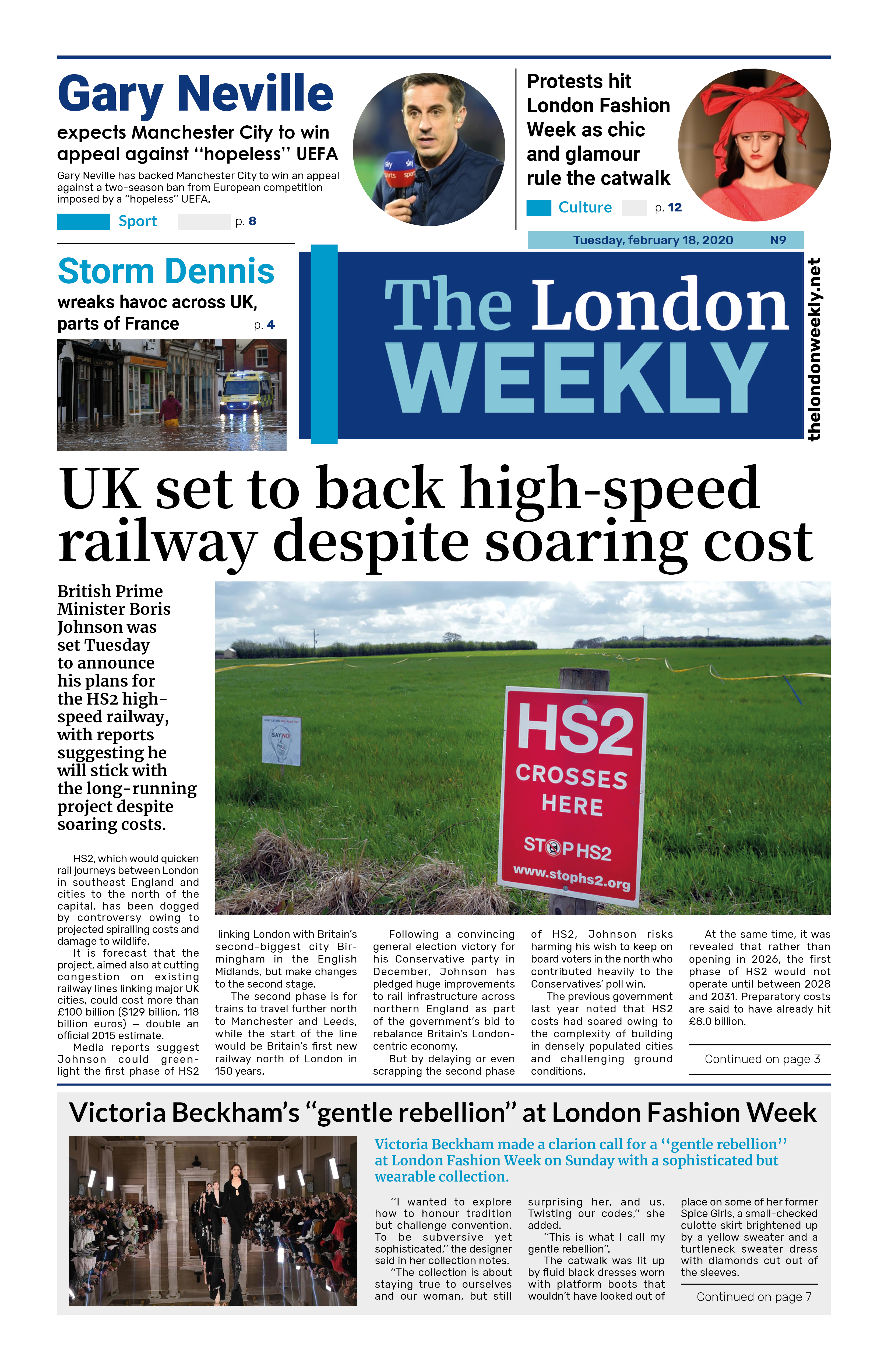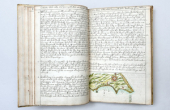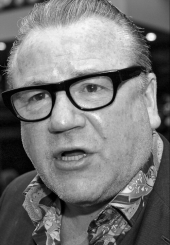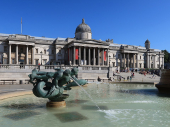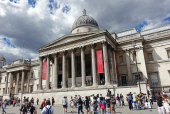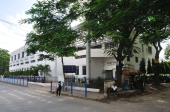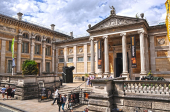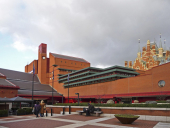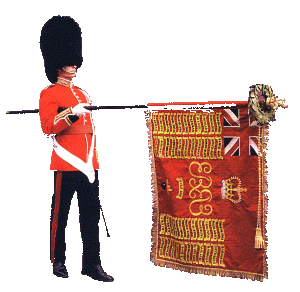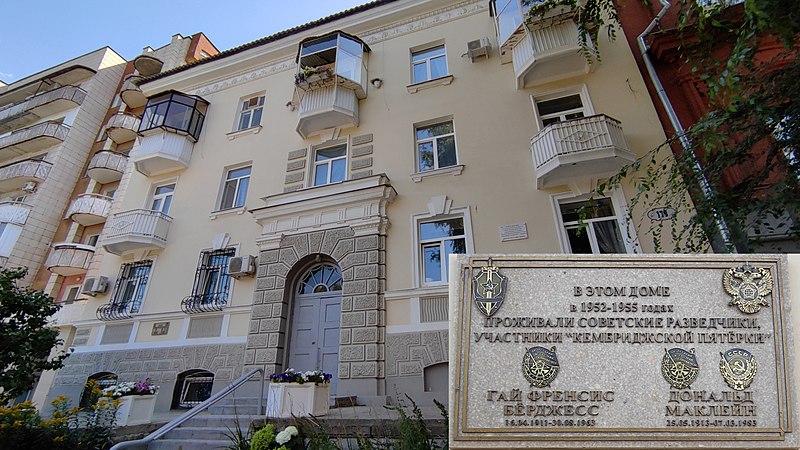
Top-secret MI5 files, now made public, unveil first-hand accounts of confessions from three of Britain’s most infamous double agents—Kim Philby, Anthony Blunt, and others from the
Cambridge Five—who spied for the Soviet Union. These revelations, released on Tuesday, shed new light on their covert activities.
The Cambridge Five, composed of Philby, Blunt, Guy Burgess, Donald Maclean, and John Cairncross, were former Cambridge University students who provided sensitive information to the Soviets from the 1930s through the 1950s.
Declassified documents from Britain’s domestic intelligence agency, now accessible via the National Archives, detail MI5’s investigations into the group. Their clandestine exploits, which have captivated the public for decades, inspired numerous spy novels and films.
Philby’s confession
Among the released files is a partial six-page confession from 1963 by Philby, considered the ringleader of the Cambridge Five. Once a senior figure in Britain’s foreign intelligence agency, MI6, Philby finally admitted his betrayal after years of suspicion.
Philby’s account describes a pivotal 1934 meeting with a man named “Otto,” orchestrated by his wife Lizzy, a Communist Party member. “He proposed I work for an organization I later identified as the OGPU (the Soviet secret police),” Philby wrote. He accepted the offer after a lengthy interrogation, earning the MI5 codename “PEACH.”
Philby also described recruiting Burgess and Maclean and tipping them off in 1951 when Maclean faced exposure. This warning prompted their defection to the Soviet Union. Philby himself fled to Moscow shortly after his confession, where he was later honored with a plaque at the headquarters of Russia’s foreign intelligence service.
Blunt’s immunity
The files include a transcript of Anthony Blunt’s 1964 interview with MI5 officer Arthur Martin, during which Blunt confessed in exchange for immunity from prosecution. At the time, Blunt was a trusted art adviser to Queen Elizabeth II, a position he held until 1972. His role in the spy ring remained secret until it was publicly disclosed in 1979.
A March 1973 note records that the queen’s private secretary informed her about Blunt’s activities. “She took it all very calmly and without surprise,” the note states.
Cairncross and other revelations
John Cairncross, the last member of the spy ring to be identified, admitted in a 1964 U.S. interview that he had been recruited by Russian intelligence. A telegram from Washington reported, “Cairncross has admitted spying from 1936 to 1951.”
Some of these files are now featured in a special National Archives exhibition titled MI5: Official Secrets, which showcases case files, photographs, papers, and spy equipment spanning the agency’s 115-year history.
“While much of our work must remain secret, this exhibition reflects our ongoing commitment to being open wherever we can,” said MI5 chief Ken McCallum.
Additional insights
Other documents reveal MI5’s interest in actor Dirk Bogarde, who was suspected of Russian intelligence ties. However, an interview cleared these suspicions.
The files also include a 1939–1951 surveillance guide with tips for undercover agents. “The use of facial disguise is not recommended,” it warns, as such tactics are easily detected under bright lights in public settings.
This unprecedented release offers a deeper glimpse into the shadowy world of Cold War espionage. Photo: Soviet spies Guy Burgess and Donald Maclean commemorative plaque in Samara, Russia by Apetrov09703, Wikimedia commons.














